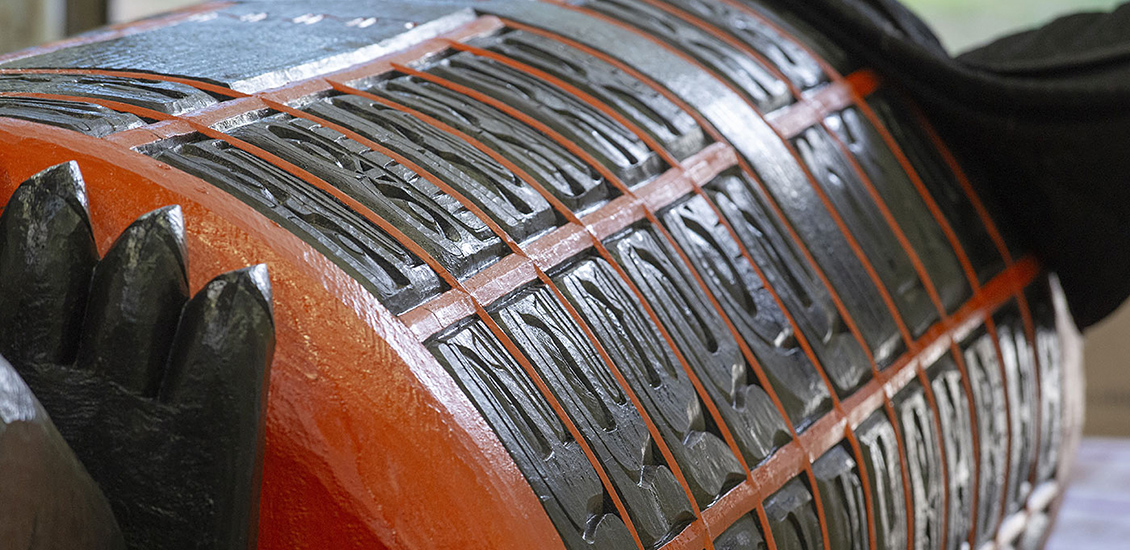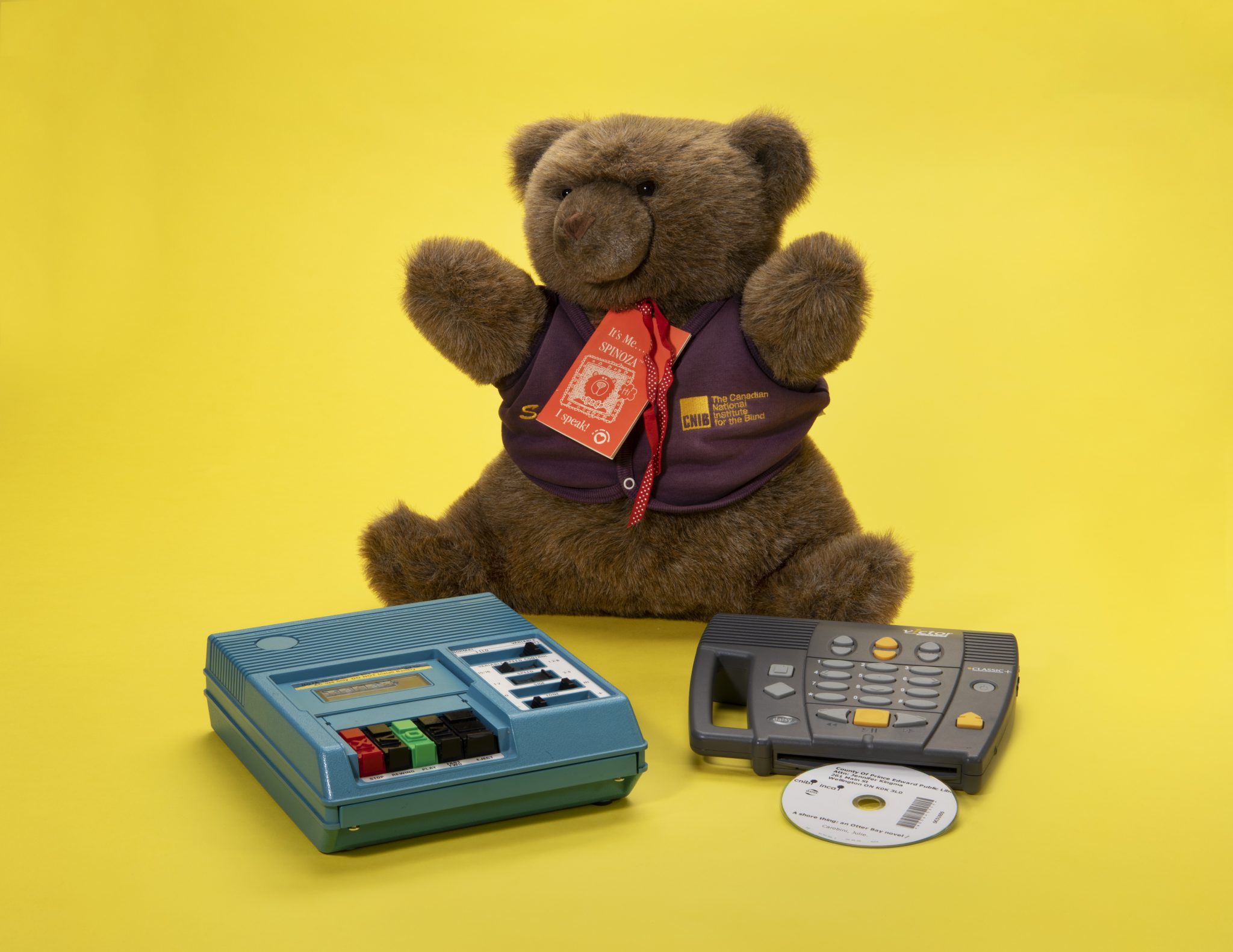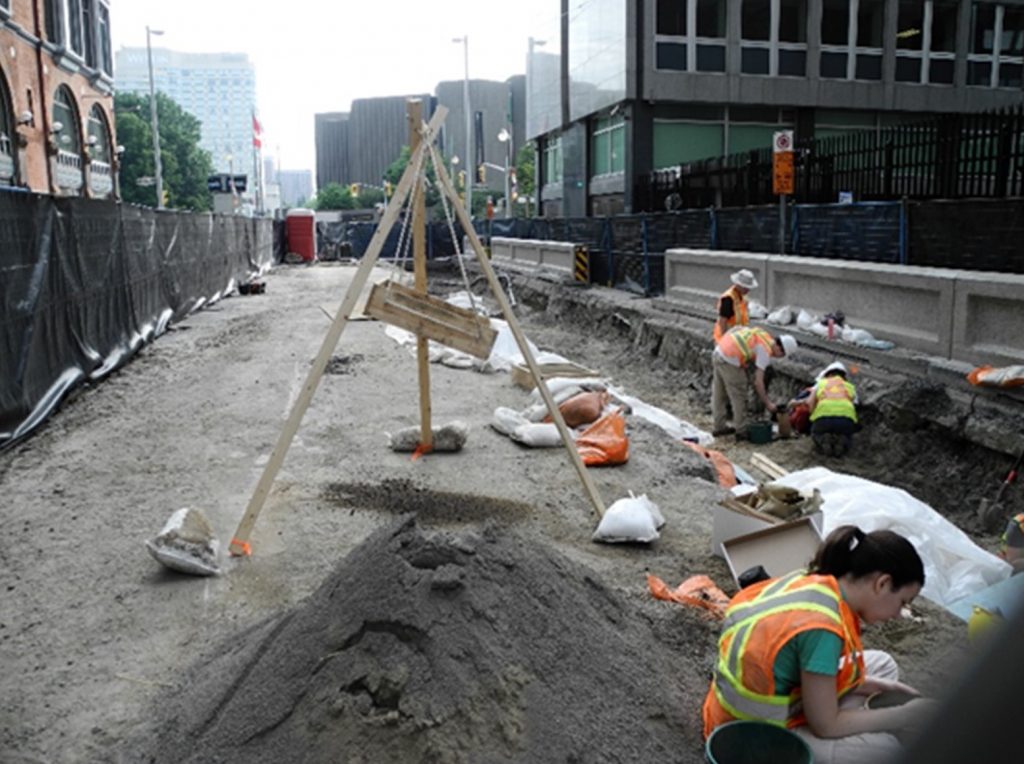Filter by:
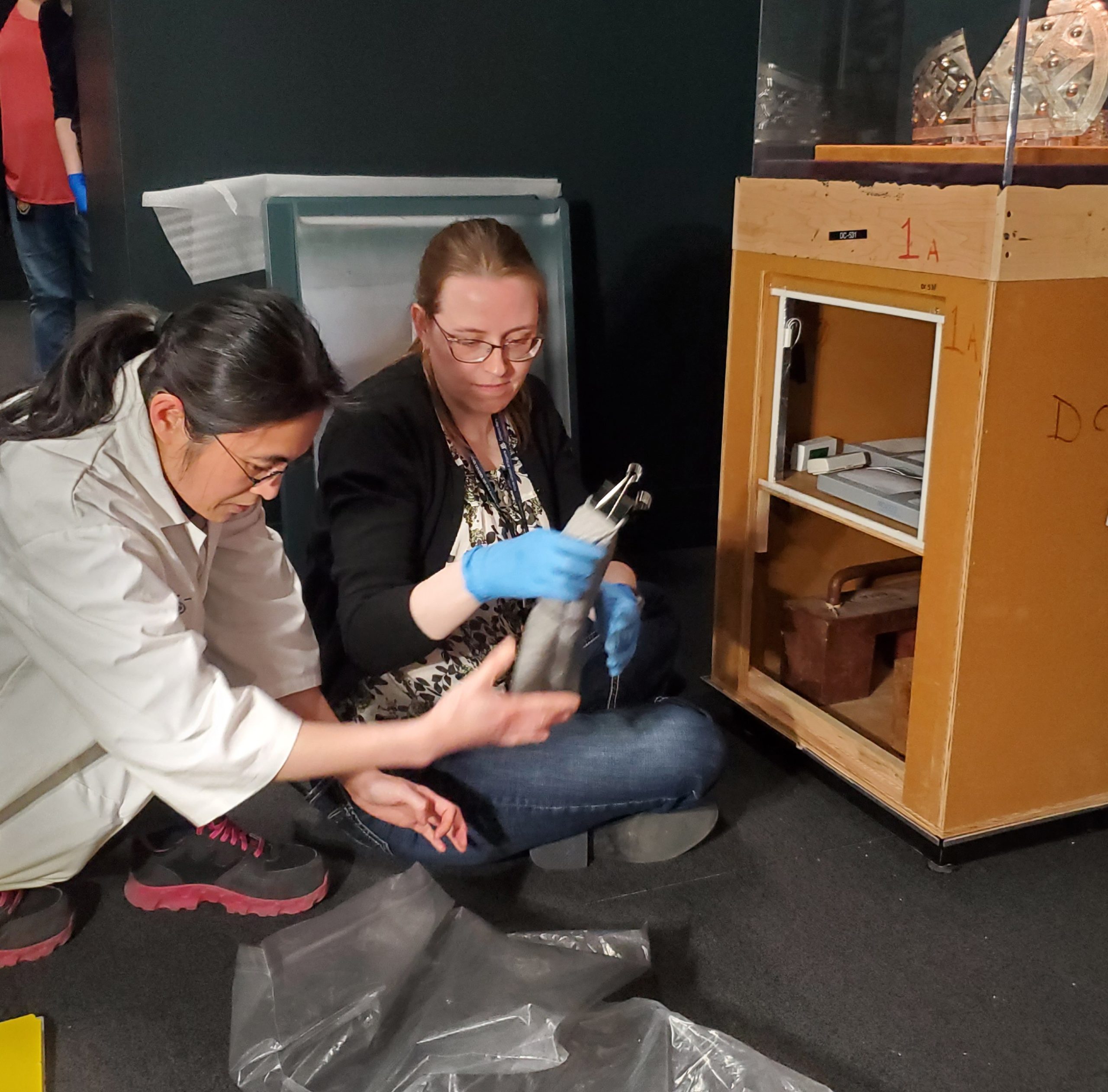
Exhibitions,
Behind the scenes
Conservation Science: The Hidden World Behind Exhibiting Ancient Objects
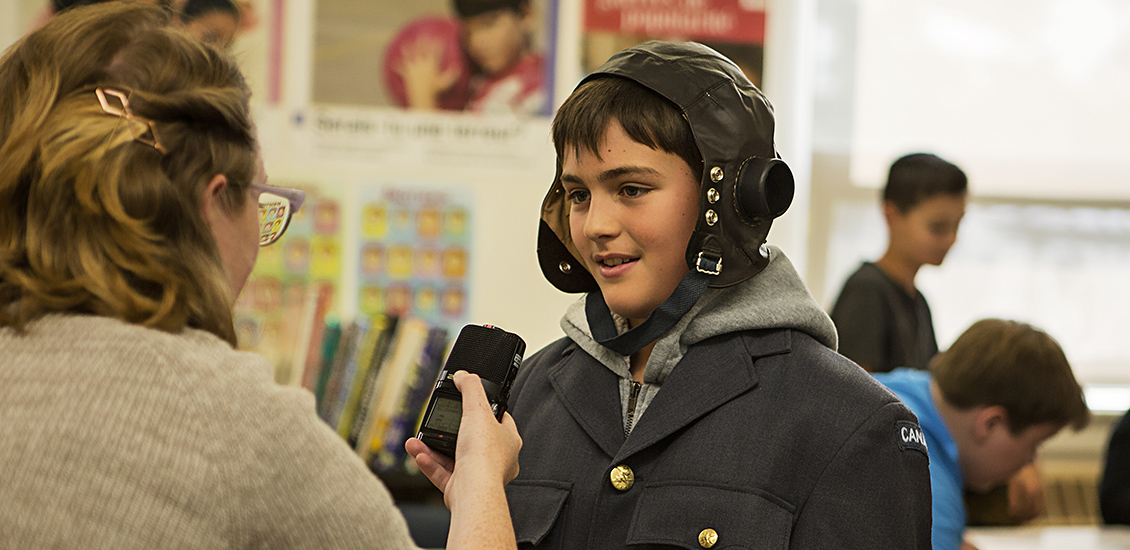
Kudos!,
War and conflict
Supply Line SOS
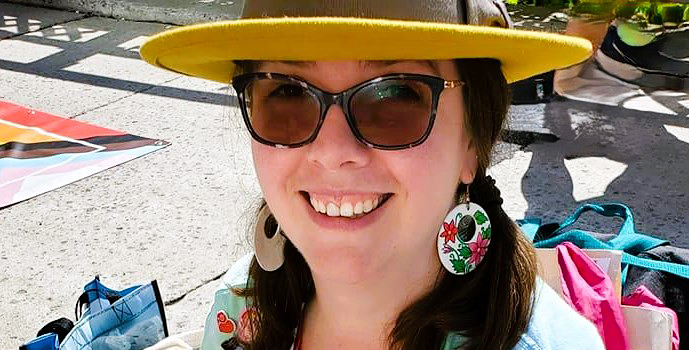
Kudos!,
Behind the scenes
In Conversation With Ashlee Beattie
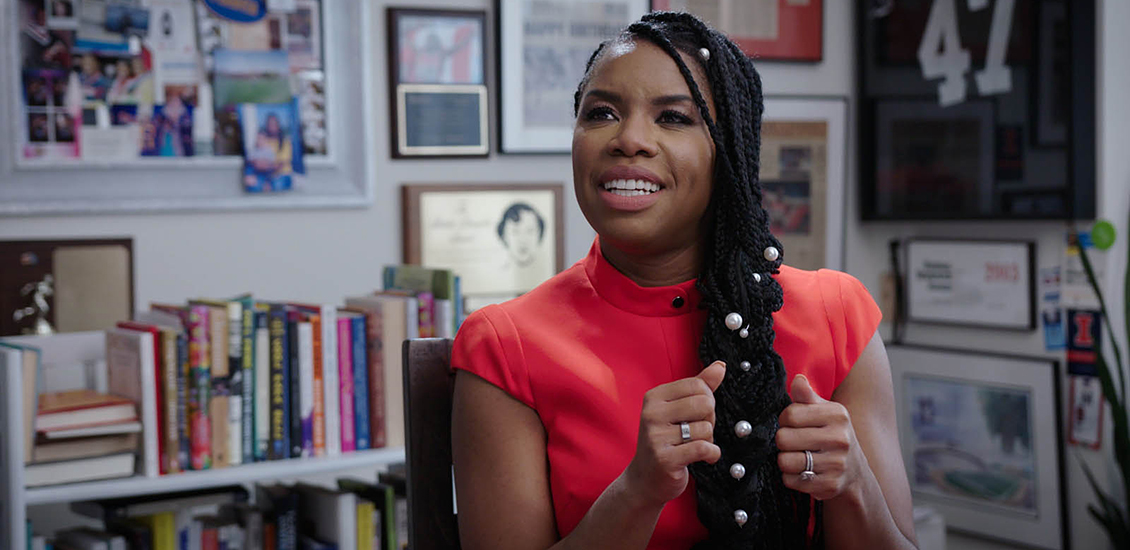
Kudos!,
2SLGBTQIA+
Discover the Voices Shaping Canada’s History
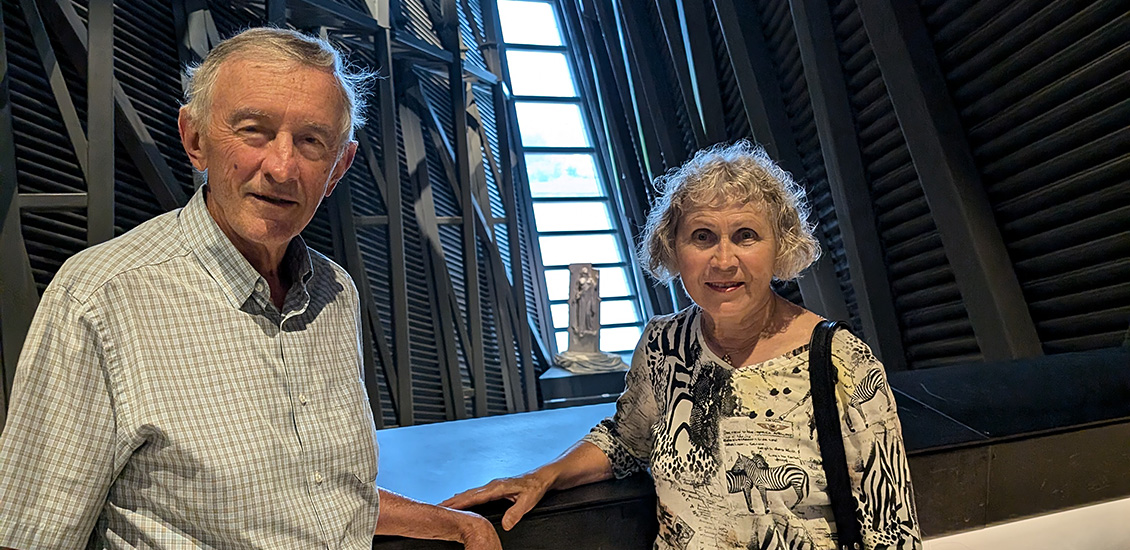
Kudos!
Double Support, From Members to Donors: Jim and Christine Bonta
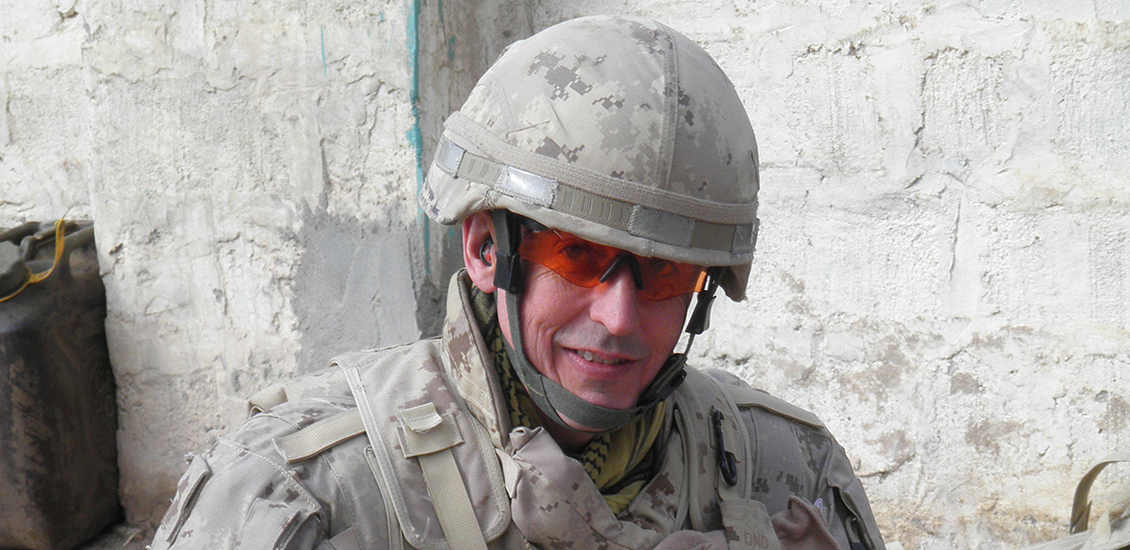
Kudos!,
Our research
Lives Shaped by Service
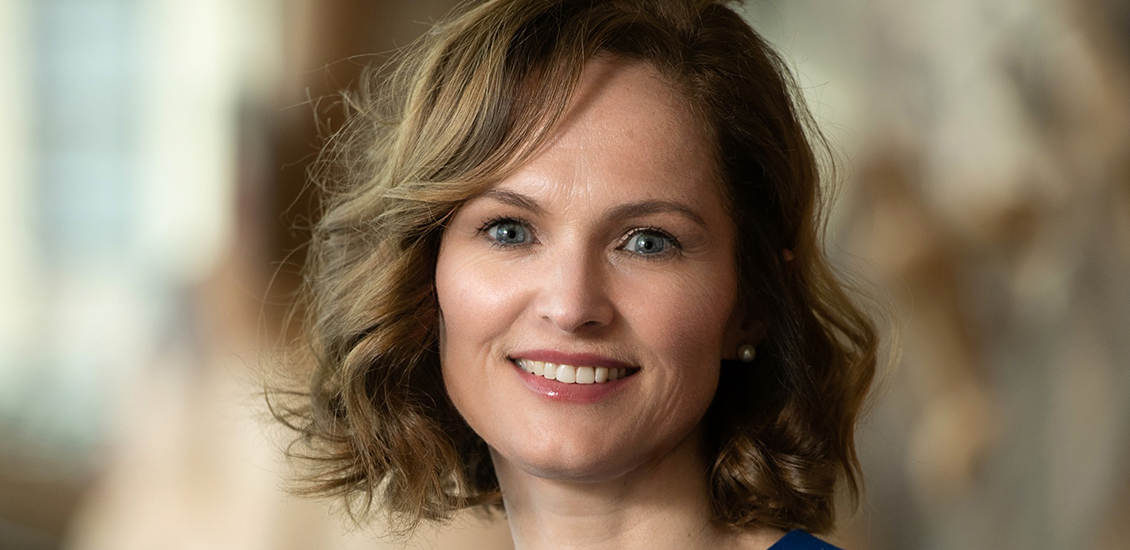
Kudos!
CEO Corner – The impact of your support
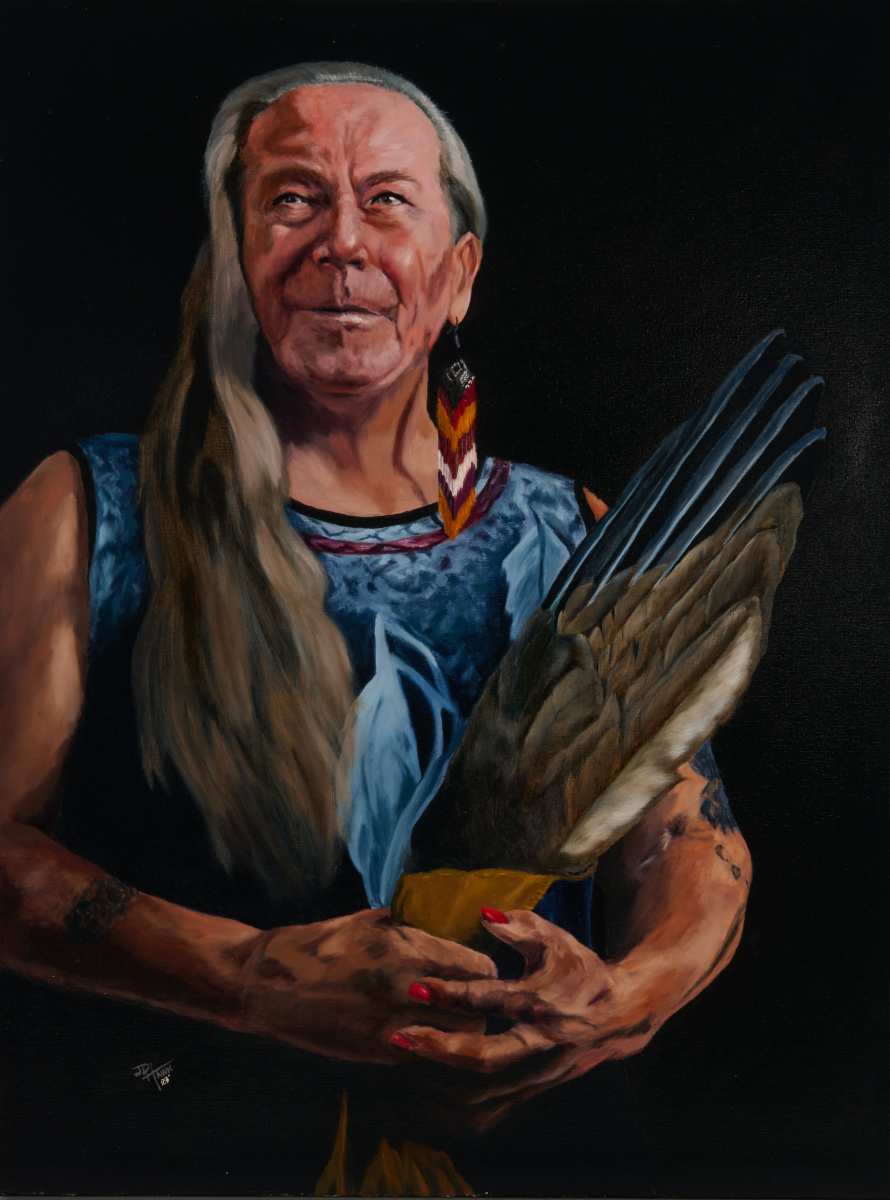
Podcast,
2SLGBTQIA+
Charlotte Nolin’s portrait: Representing Two-Spirit stories
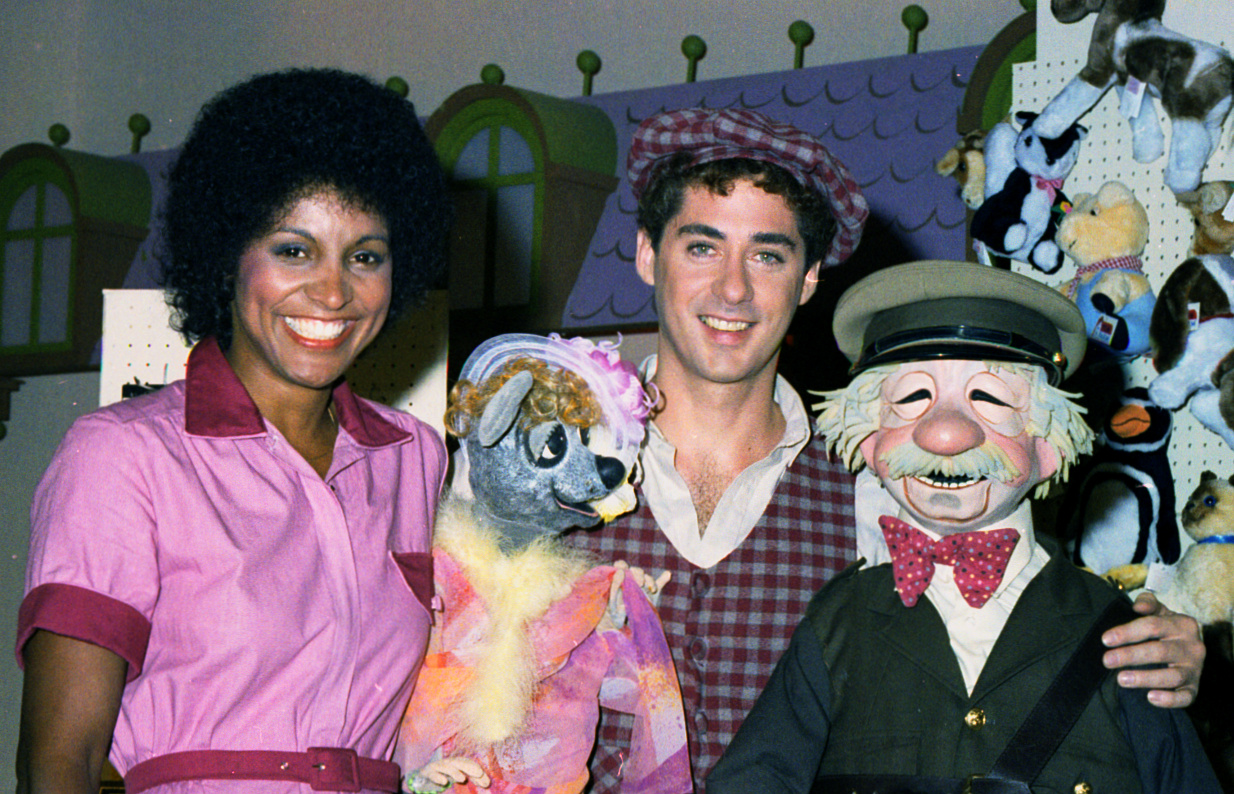
Podcast,
Contemporary Canada
Today’s Special: How Canadian children’s TV punches above its weight
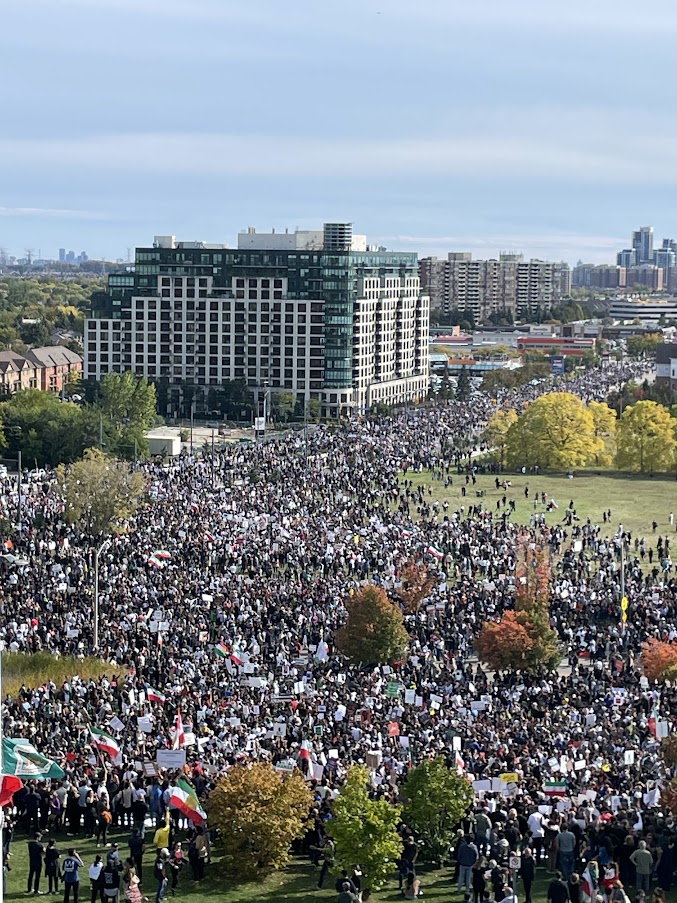
Podcast,
Contemporary Canada
Woman, Life, Freedom: Canadian Protests and the Uprising in Iran
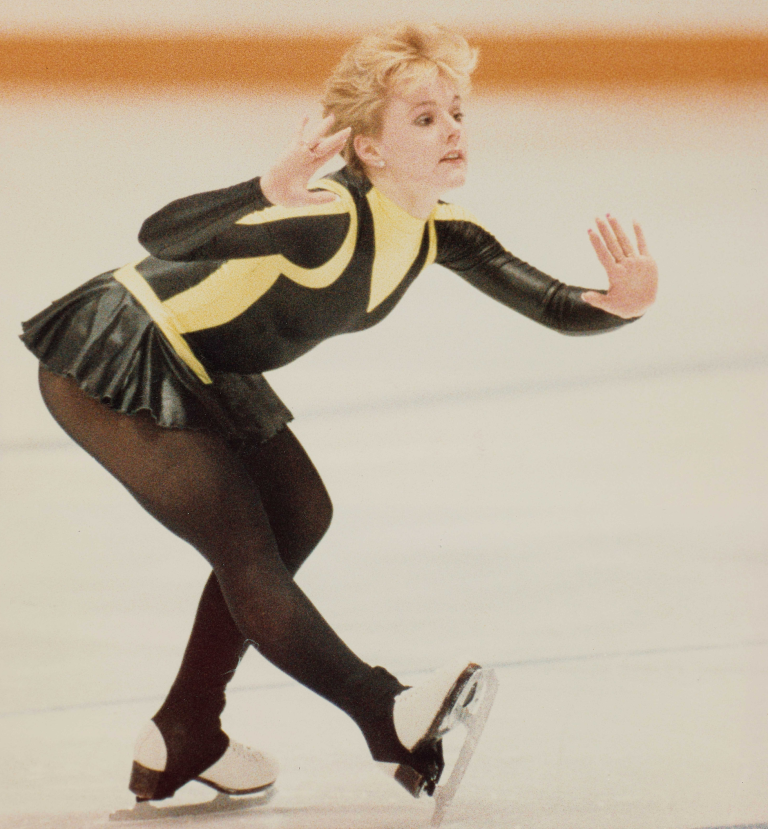
Podcast,
Canadian history
Elizabeth Manley is not apologizing: Body image and mental health in sports
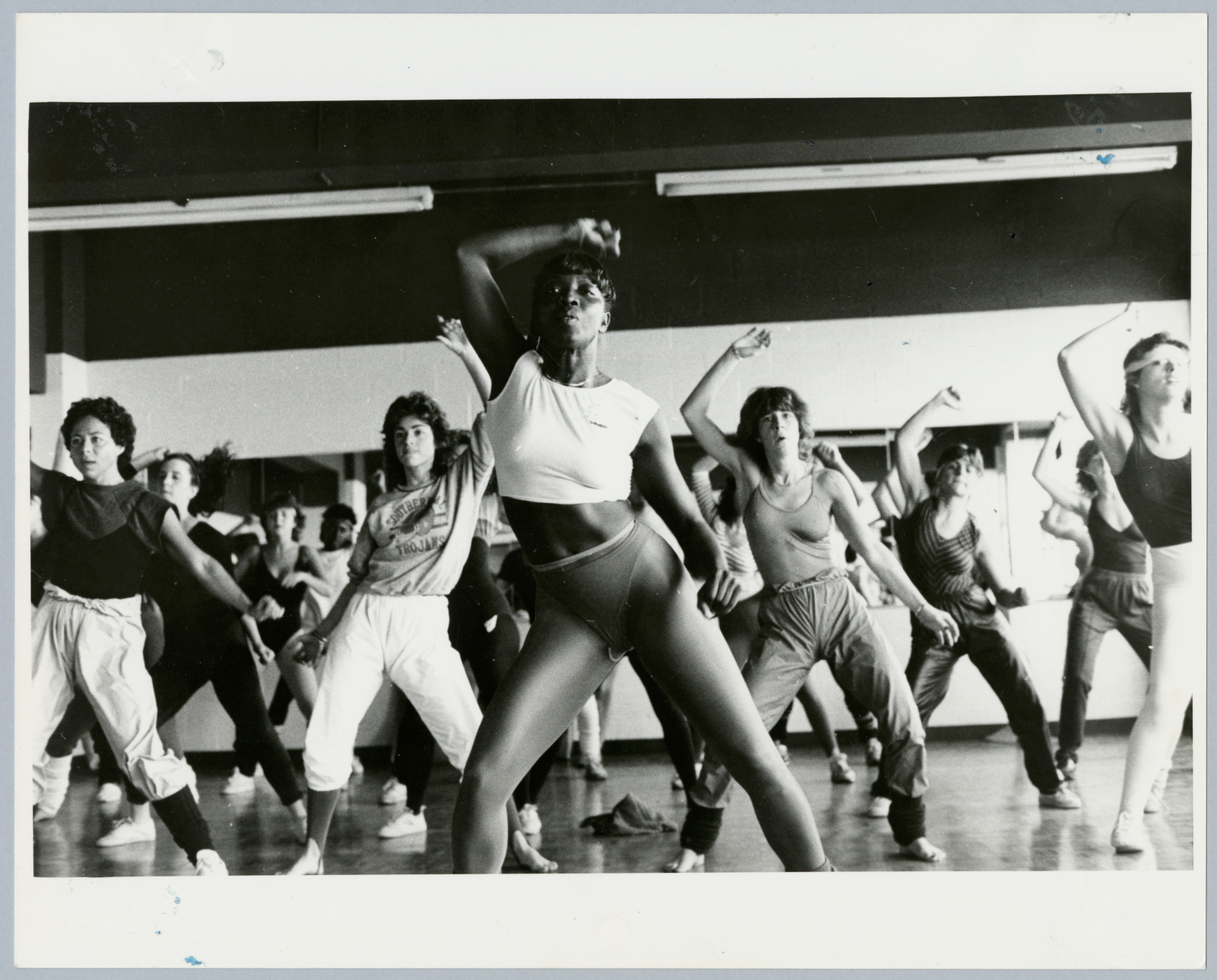
Podcast,
Pop culture
